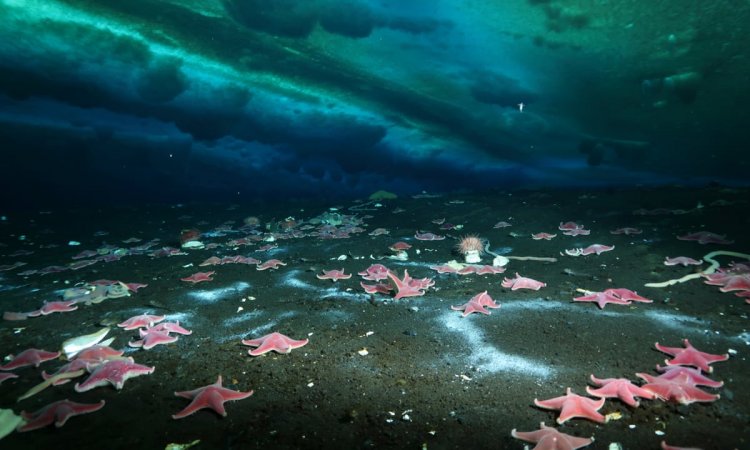First Underwater Methane Leak Discovered Near Antarctica

Antarctica: Just below the freezing Antarctic ice shelves, researchers have discovered a gas leak that could change the region's climate destiny.
For the first time, scientists have detected an active leak of methane gas- a greenhouse gas with 25 times more climate-warming potential than carbon dioxide in Antarctic waters. While underwater methane leaks have been detected previously all over the world, hungry microbes help keep that leakage in check by gobbling up the gas before too much can escape into the atmosphere.
But according to a study in the journal Proceedings of the Royal Society B, that does not seem to be the case in Antarctica.
The study authors found that methane-eating microbes took roughly five years to respond to the Antarctic leak, and even then they did not consume the gas completely.
According to lead study author Andrew Thurber, the underwater leak almost certainly sent methane gas seeping into the atmosphere in those five years- a phenomenon that current climate models do not account for when predicting the extent of future atmospheric warming.
The recent leak located about 30 feet (10 meters) below the Ross Sea, near Southern Antarctica's Ross Ice Shelf was discovered by chance when civilian divers happened to swim by in 2011.
When Thurber and his colleagues visited the site later that year, the seafloor showed telltale signs of a methane leak: white "mats" of microorganisms that exist in a symbiotic relationship with methane-consuming microbes stretched out in a 200-foot-long (70 m) line along the seafloor.
In big-picture terms, this is just one small leak, and it probably won't tip the climate scales in any significant way. But the waters around the southern continent may contain as much as 25% of Earth's marine methane, and more leaks could be occurring right now without anyone knowing.















































